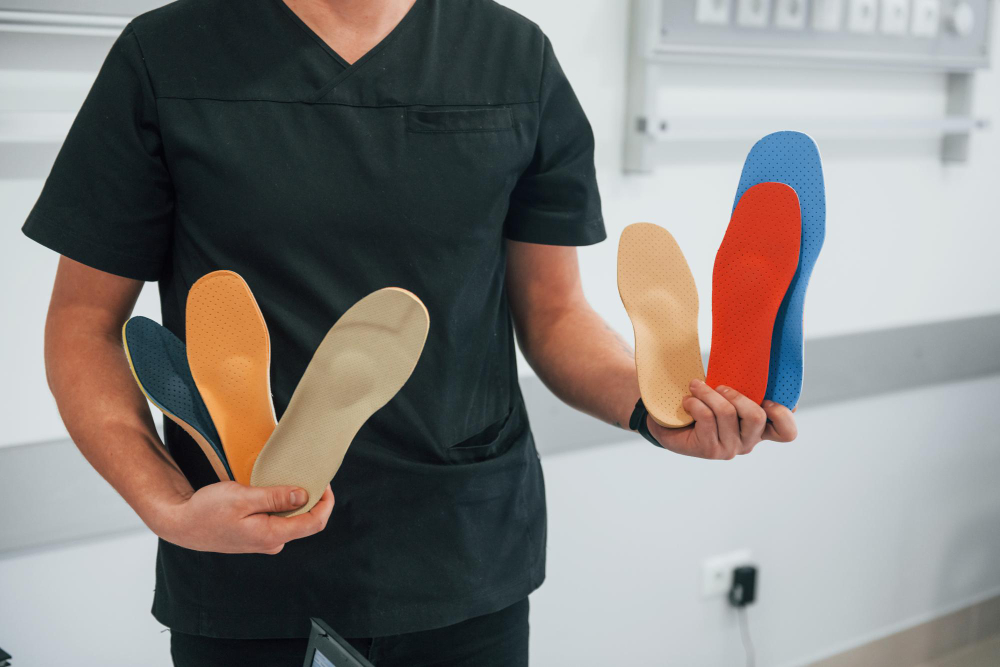Stress fractures are a common overuse injury in athletes and are typically caused by increases in training volume or intensity. Poor nutrition can also place individual at higher risk for stress fractures. The most common locations for stress fractures are the shin and foot, and include the navicular bones, the fibula, the metatarsals, and the tibia. Stress fractures are caused by submaximal and repetitive loading of the bone, which becomes fatigued. A stress fracture is an incomplete break or crack in a bone caused by repetitive trauma. When there is insufficient rest between traumas, the bone is unable to rebuild itself. Small stress fractures may eventually become actual breaks. People with stress fractures typically complain of increasing pain during exercise of activity. Pain can often be felt when direct pressure is applied from above or below. Changes in the mechanics of the foot and the way it absorbs impact when it strikes the ground can increase the risk of stress fractures. Blisters, bunions, tendonitis and other foot injuries can affect the displacement of weight on the foot, requiring other areas of the foot to handle heavier loads than they are accustomed to.
Stress Fracture Treatment Options and Orthotics
The most common treatment programs for stress fractures include rest, the appropriate use of ice and non-steroidal anti-inflammatory drugs (NSAIDs) to reduce inflammation, and a gradual re-introduction of exercise and activity. Most stress fractures can be treated by stopping or significantly decreasing activity for approximately 6 to 8 weeks. Protective footwear can help to reduce stress on the foot and lower leg. Pressure to the bone should be reduced in order to allow the bone to heal. Orthotic treatments for stress fractures vary according to the location of the fracture. Metatarsal or navicular stress fractures may require carbon fibre footplates to immobilize the fracture sit in addition to properly-fitted custom orthotics used to support the bones of the foot during weight-bearing activities.
Orthotics to Prevent Stress Fractures
The use of orthotic devices as a preventive measure for lower extremity stress fractures has been researched. The study examined the use of semi-rigid and soft orthoses in the boots of military recruits (1). The incidence of stress fractures was lower in the group using semi-rigid and soft orthoses than in the control group wearing no orthoses. An additional study on the use of orthotic devices in military boots (2) demonstrated a statistically significant decrease in the incidence of stress fractures.
1. Finestone A, Giladi M, Elad H. Prevention of stress fractures using custom biomechanical shoe orthoses. Clin Orthop. Mar 1999;(360):182-90
2. Milgrom C, Giladi M, Kashtan H. A prospective study of the effect of a shock-absorbing orthotic device on the incidence of stress fractures in military recruits. Foot Ankle. Oct 1985;6(2):101-4






